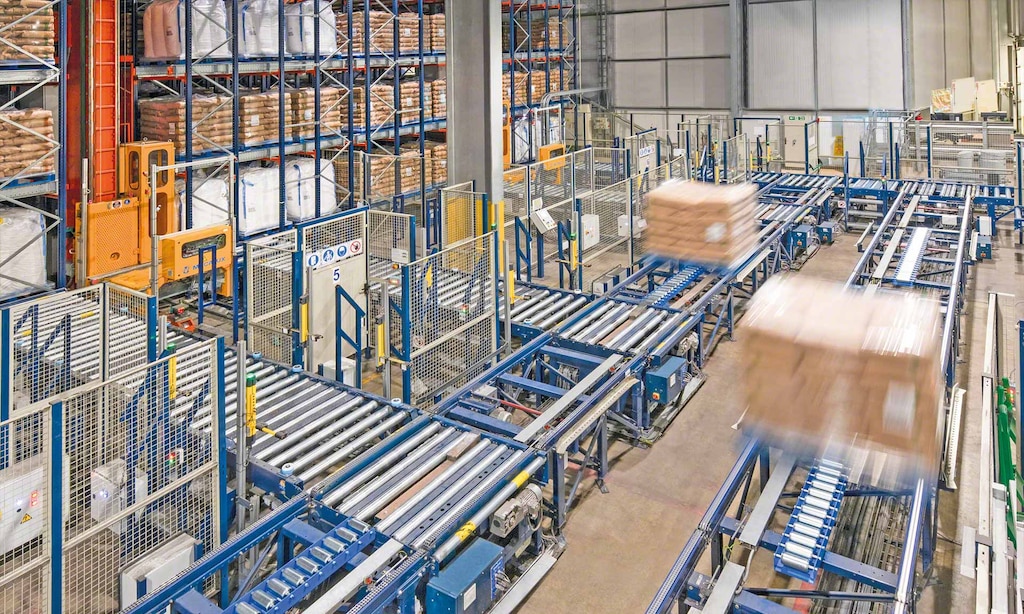LOGISTICS RESEARCH
Companies are investing in logistics process automation to enhance connectivity and efficiency in their warehouses. A study by Zebra reveals that 69% of managers and executives plan to invest in automation in 2024 or have already done so.

The Warehousing Vision Study 2023, conducted by Azure Knowledge Corporation for Zebra, highlights that in a landscape characterised by increasingly higher consumer expectations and greater competition, companies are opting to broaden their range of storage solutions. For instance, collaborative robots are viewed as a tool that allows workers to focus on serving customers and other value-added activities.
Logistics providers are accelerating their technological investments to automate their logistics processes in the coming years. This transformation also extends to the workforce, with employees actively participating in training programs to advance their careers while technology complements their skill sets.
More warehouses, larger in size and with automated processes
Logistics centres are poised to grow in size and number in the coming years. Managers surveyed by Zebra expect the average warehouse size to expand by 19% by 2028 and anticipate a 39% increase in logistics facilities. This growth aligns with modernisation plans, which are indicated as a priority for the immediate future.
Three of every four decision-makers will expedite their modernisation projects throughout 2024, scaling up investments in this field. Average technology spending for businesses in 2022 and 2023 stood at $4.63 million. This figure is expected to reach $5.15 million in the coming months.
The importance of sensors in logistics process automation
In the past year, passive radiofrequency identification (RFID) tags and sensors have gained ground as a warehousing technology. These devices transmit the identity of objects through radio waves. Other solutions that have already been implemented include handheld RFID readers, industrial scanners, temperature sensors, smart tags, computer vision devices and 3D sensors.
Warehouse managers are making efforts towards perfecting order fulfilment. This entails substantial changes to their work procedures. For 47%, the most challenging part of the process is product sorting and packaging, closely followed by order picking. About 43% of respondents consider putaway another error-prone part of the process.
The managers and employees surveyed for the report agree that — in addition to helping prevent errors and achieve higher service excellence — implementing automation technologies and solutions in warehouses is instrumental in attracting and retaining workers. Four out of every five decision-makers hold this belief and expect to enhance their inventory visibility and resilience.
